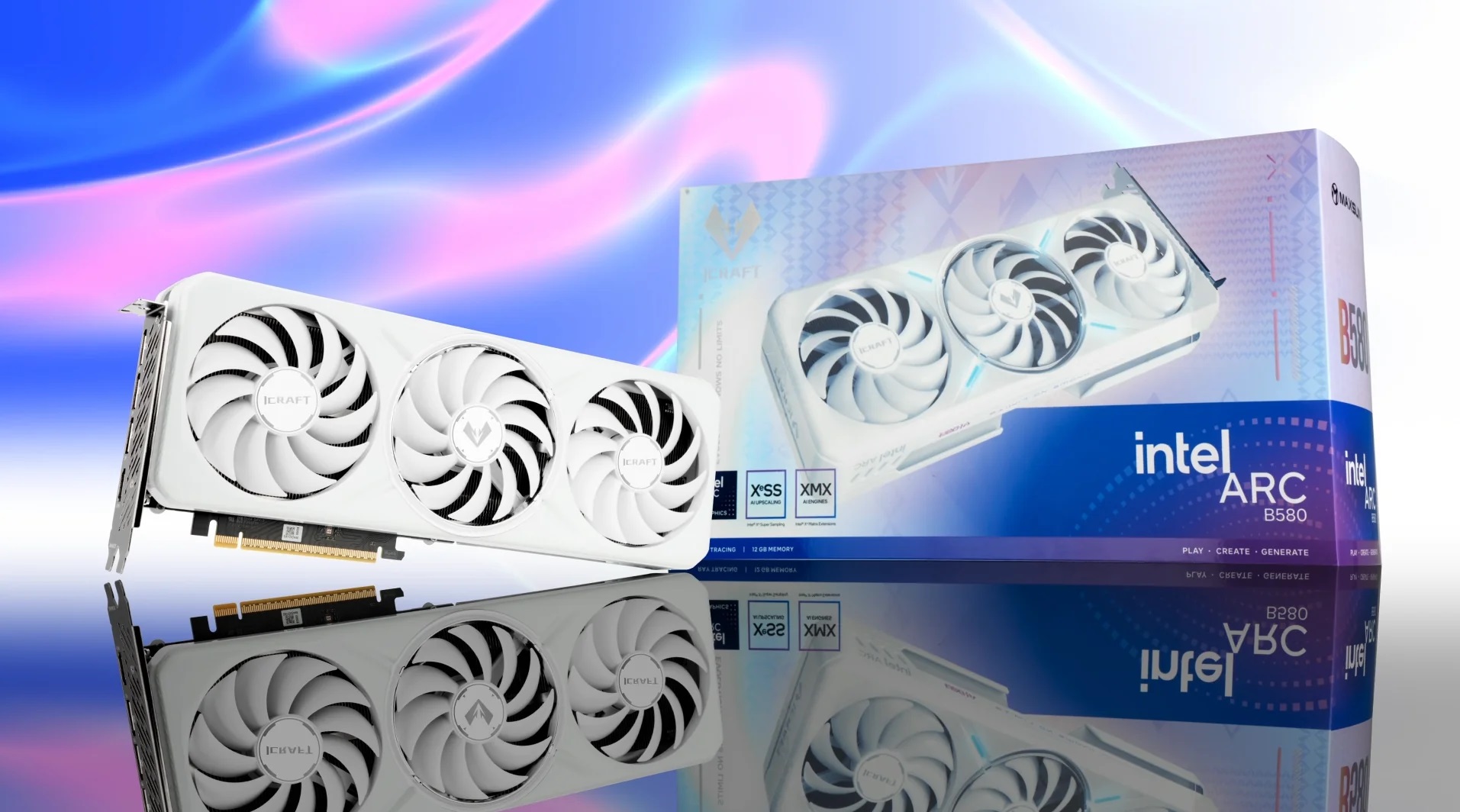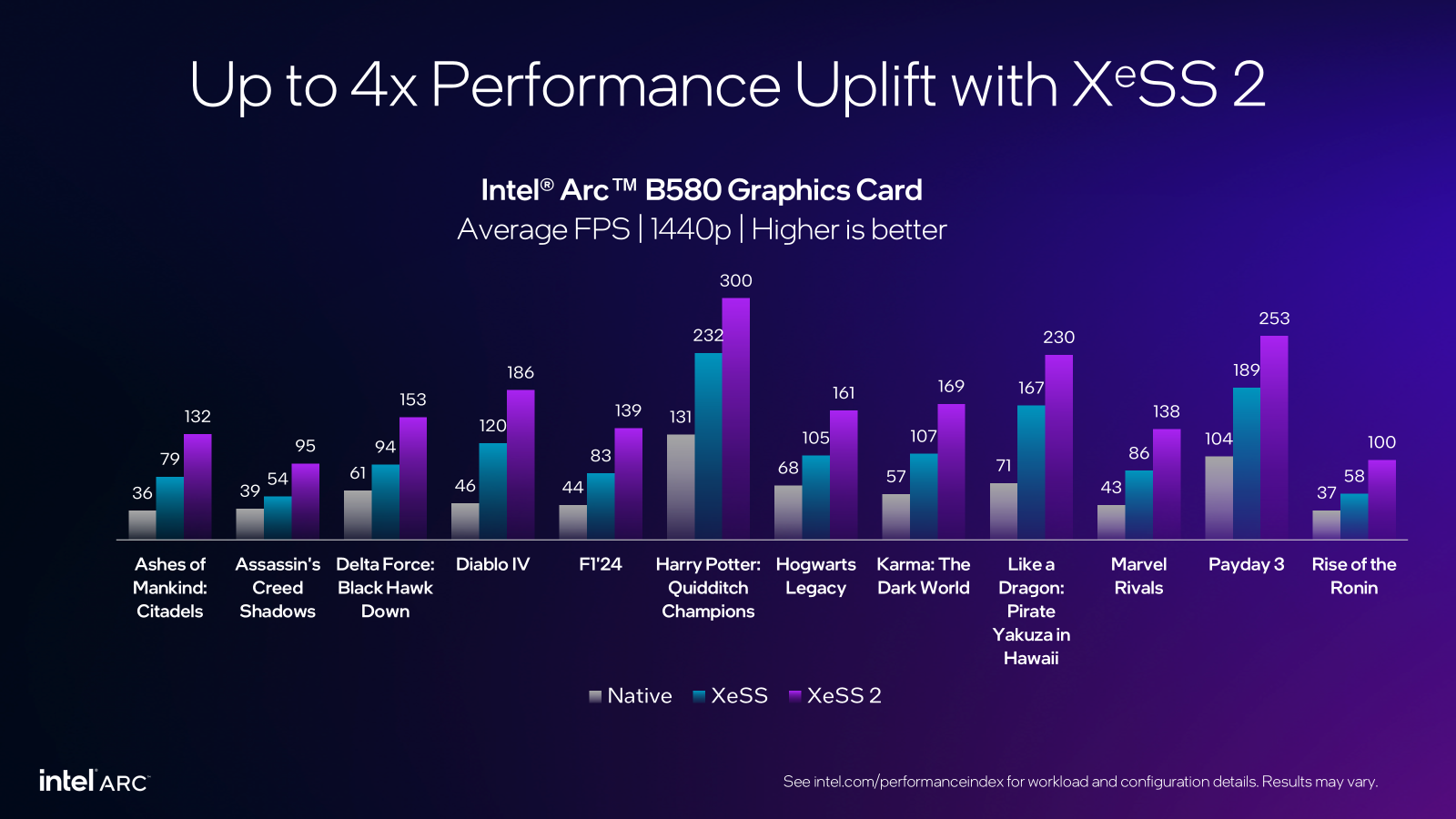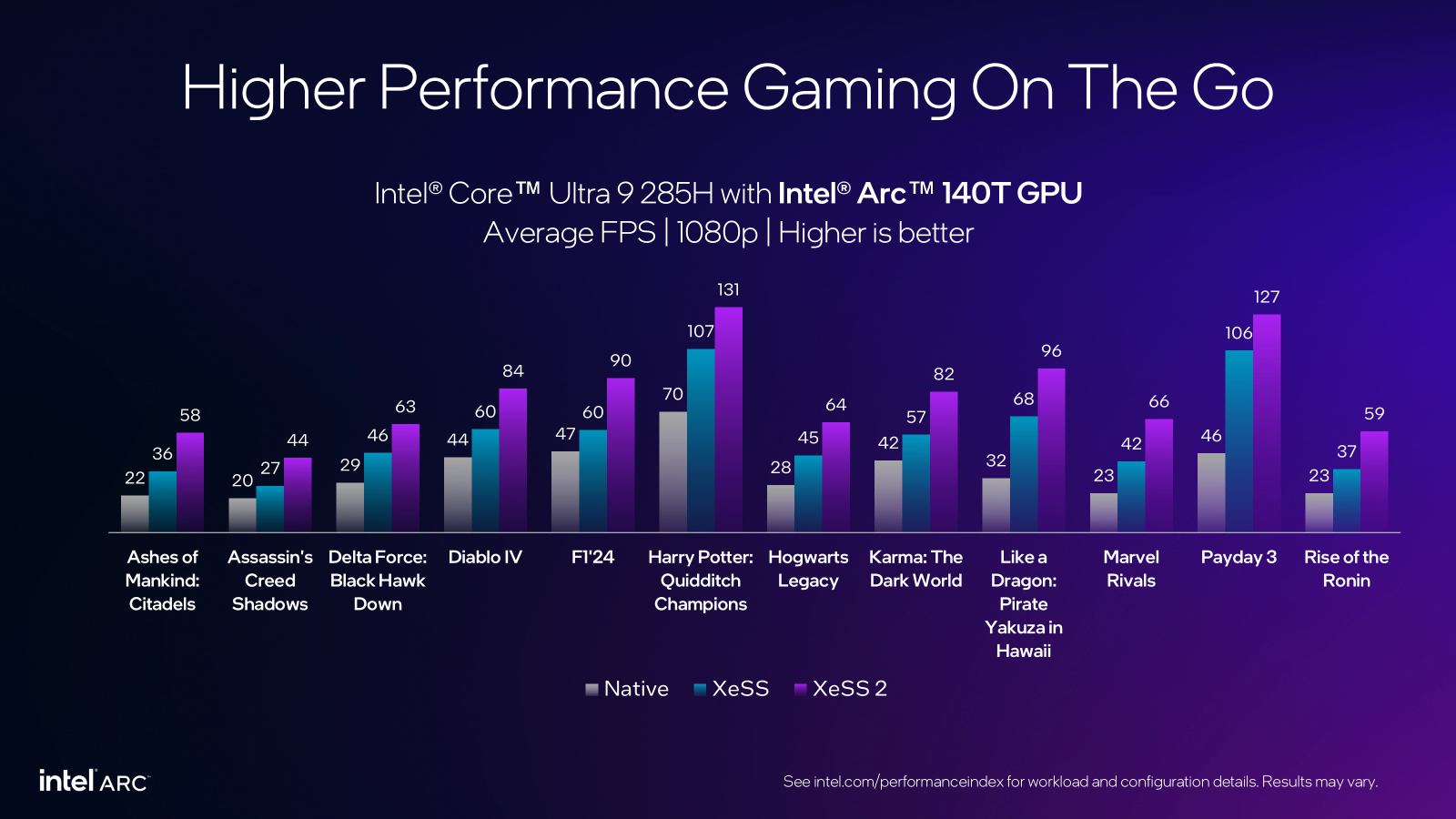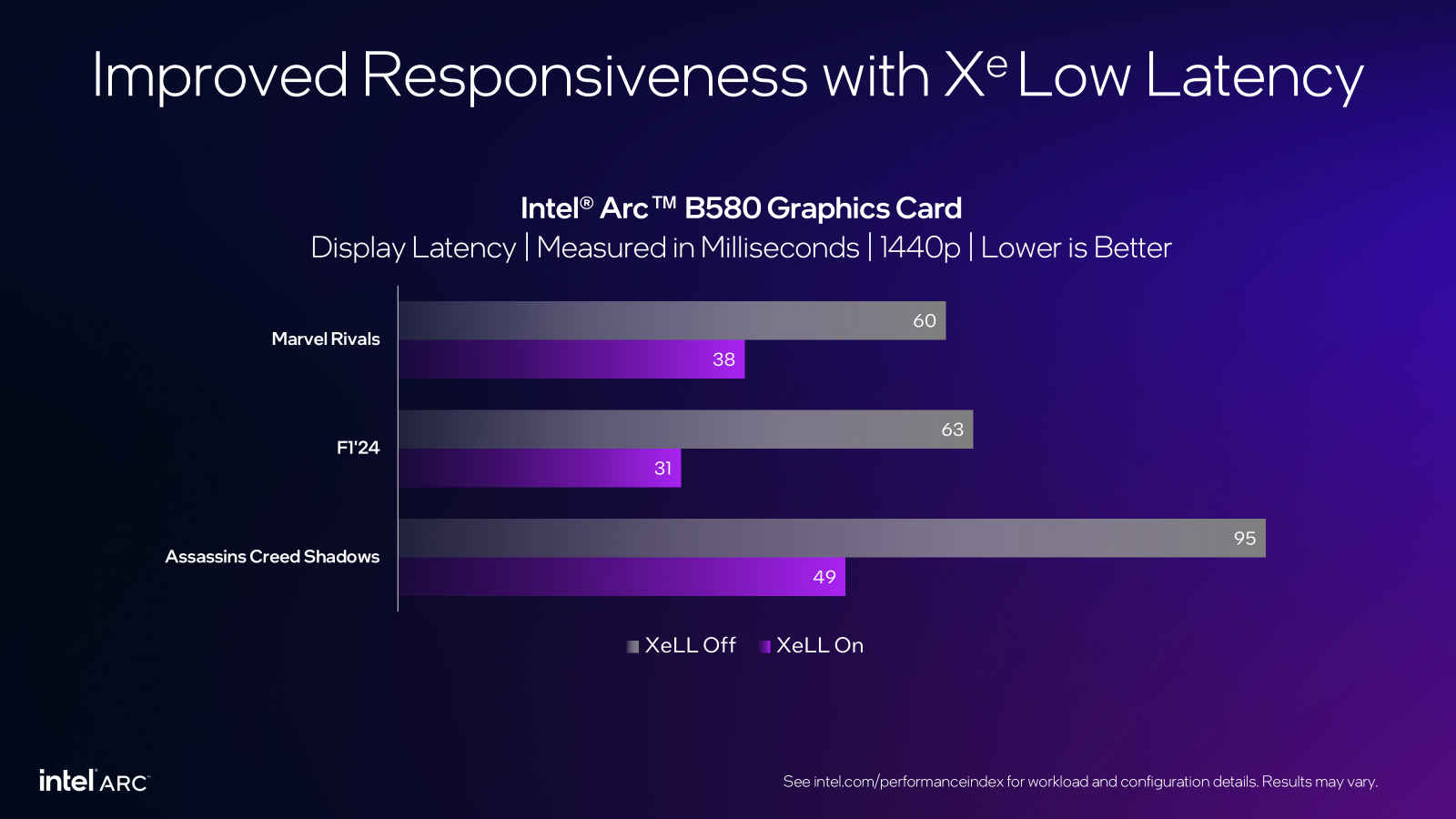Intel’s XeSS 2 expands support to 10 new games, XeSS surpasses 200-game milestone
Intel's growing ambition in PC gaming continues.

Intel has announced that its AI-powered upscaling tech XeSS (Xe Super Sampling) is now available in over 200 games, while the newer XeSS 2 has been added to 10 more titles. As promised, the new Assassin’s Creed: Shadows and Civilization VII are getting support for XeSS 2 alongside popular titles including Naraka Bladepoint, Like a Dragon: Pirate Yakuza in Hawaii, and Delta Force: Black Hawk Down.
Notably, Intel lists a total of 13 XeSS 2-enabled games on its website, however, according to PC Gaming Wiki, it is supported in over 20 titles. Introduced alongside the Arc B580 and B570 GPUs late last year, XeSS 2 offered support for only a handful of games up until today. Leveraging the Battlemage architecture, XeSS 2 combines upscaling, frame generation, and latency reduction to compete with rival technologies like Nvidia’s DLSS and AMD’s FSR. As of now XeSS 2 is fully compatible with only Intel’s Arc A-series and B-series discrete GPUs and integrated graphics found in newer Intel Core Ultra processors.
In its announcement, Intel also shared some performance data using its Arc B580 GPU to showcase the capabilities of XeSS 2. According to the company, Diablo IV saw up to a 4x increase in frame rates, jumping from 46 FPS at 1440p native resolution to 186 FPS using XeSS 2. Similarly, games like Assassin’s Creed: Shadows, Delta Force: Black Hawk Down, Hogwarts Legacy, and F1 24 witnessed over 2x improvements in performance.



XeSS 2 is also supported on select Intel Core Ultra mobile processors that feature new integrated Arc GPU solutions. Intel claims that the Core Ultra 9 285H processor with the Intel Arc 140T iGPU can offer over 40 FPS in various titles, with many surpassing 60 FPS. That might not be a huge increase, but it does make them more playable, especially on laptops without a discrete GPU. In Marvel Rivals running at 1080p with high settings, frame rates jumped from 23 FPS to 66 FPS using XeSS 2, which is a 187% uplift, while Like a Dragon: Pirate Yakuza in Hawaii went from 32 FPS to 96 FPS.
XeSS 2 also includes a feature called Xe Low Latency (XeLL), which helps reduce input lag and improve responsiveness. In Intel’s tests across Marvel Rivals, F1 24, and Assassin’s Creed: Shadows, XeLL lowered latency by an average of 45%, making it particularly useful in fast-paced and competitive multiplayer games.
While Intel still lags behind Nvidia and AMD in terms of overall adoption and GPU ecosystem maturity, the company’s ongoing investment in XeSS shows promising progress. It’s encouraging to see Intel offering viable upscaling and performance-boosting alternatives, especially in the entry-level and budget GPU segment.
Follow Tom's Hardware on Google News to get our up-to-date news, analysis, and reviews in your feeds. Make sure to click the Follow button.
Get Tom's Hardware's best news and in-depth reviews, straight to your inbox.

Kunal Khullar is a contributing writer at Tom’s Hardware. He is a long time technology journalist and reviewer specializing in PC components and peripherals, and welcomes any and every question around building a PC.
-
rluker5 The level of support per dGPU owner is off the charts.Reply
If you pretend they have as many out there as AMD or Nvidia, and that they have been selling them for as long then it is just comparable.
This works great for me because I use XeSS whenever it is available.